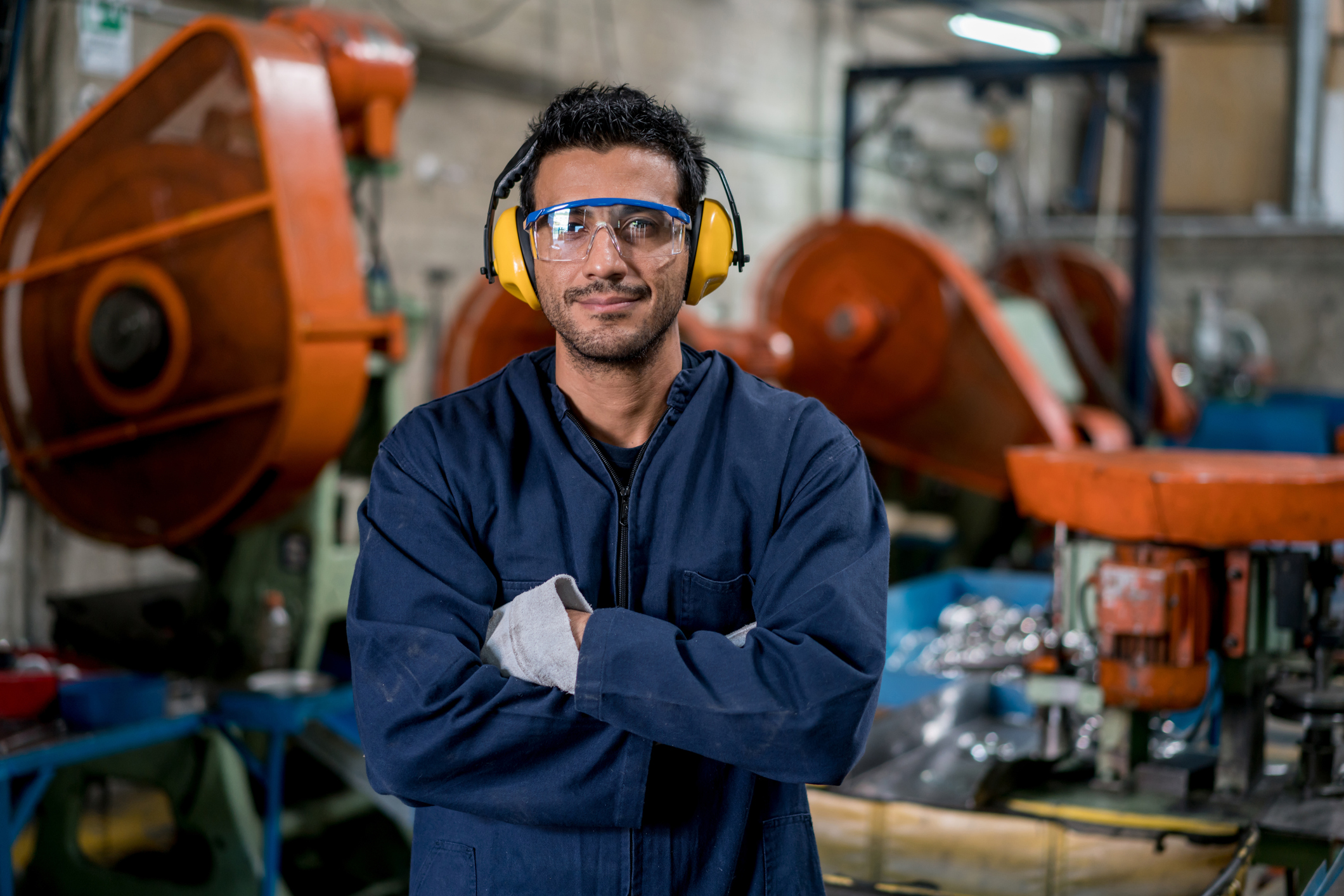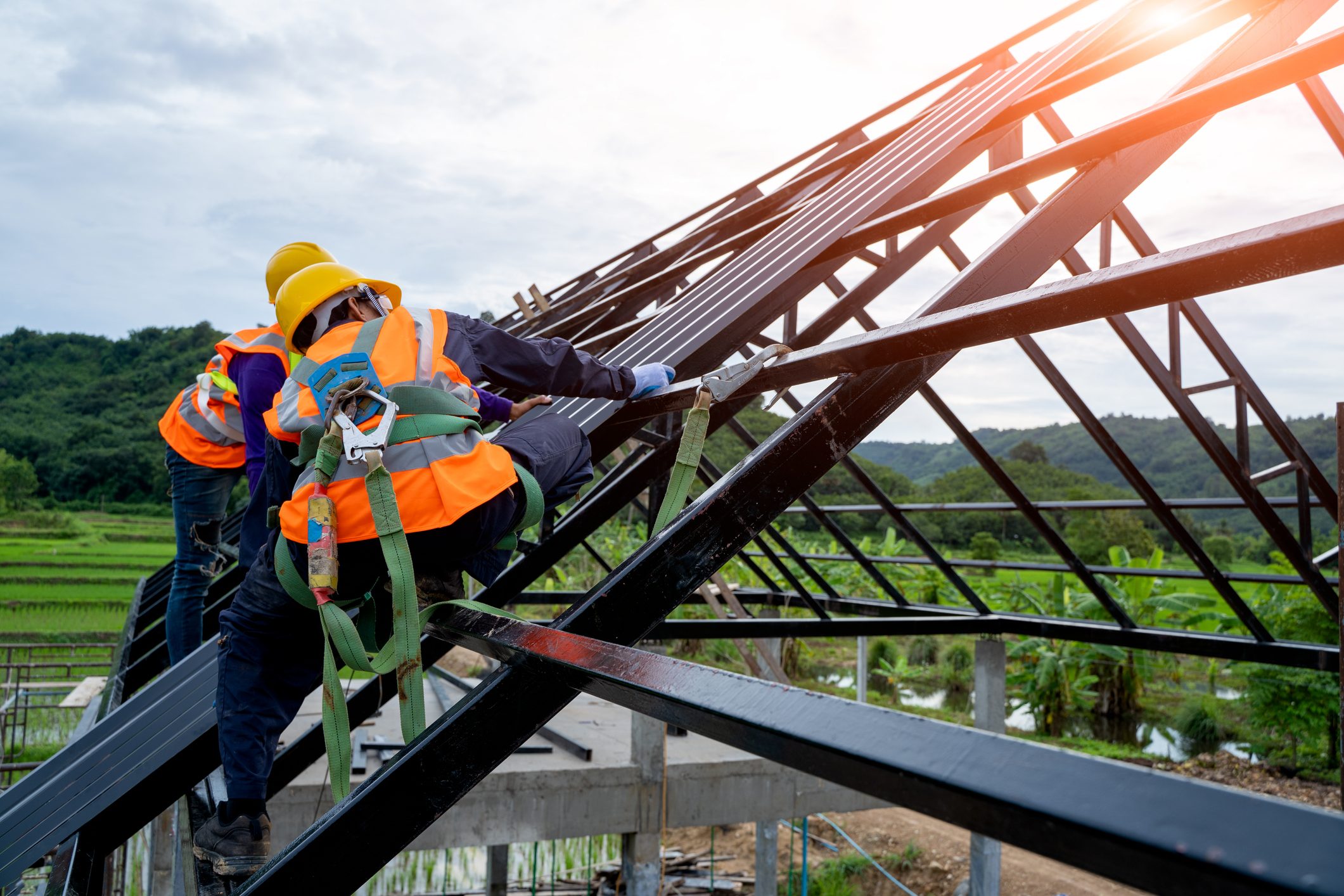Who Is Responsible For Their Safety?
The Leadership of every company we have worked with since 1983 has repeatedly asked the same question. “How do we get the men and women who work here to take personal responsibility for their own safety and the safety of others?” When we asked the men and women with whom we met “who is responsible for their safety”, the answer was often, “management or the owner of my company”!
The main point here, is that unless people integrate this essential principle into their own personal belief system, each person will be limited in their ability to insure their own
safety as well as the safety of others, whether co-workers, family or friends both on and off their jobs.
What we realized is that people needed to understand or have the insight themselves, not just be told, that their safety, health and well-being is a function of personal responsibility. It’s as true for those people working in a chemical plant, laying pipeline for a gas company, driving a truck on a highway or a forklift in a warehouse, or in an office and administrative environment.

Who Is The Only One Around You 100% of The Time?
In our attitudinal/behavioral training sessions, we lightly, but poignantly ask “who is the only one around you 100% of the time?” The answer of course is “I am”. So the next question is “so if you are going to be safe, ultimately who is it up to?” Again the answer is “I am”. Whether maintaining their focus on what they are doing or managing their own behaviors wherever they are.
Most safety training programs and processes today emphasize the need for some other person to observe you and give you feedback, coach you, counsel you and so on for you to be safe. Company leadership commonly believes that they need to provide an employee with incentives or some other reward or consequence to lure them to be safe. We find these methods effective in some instances, but in most cases weak. It is our finding that unless a person believes in the value of safety for him/herself, when the observer is gone or the incentive becomes tired and loses its’ value, or there is no apparent consequence for unsafe behavior, people will revert back to the behavior that they find most valuable or convenient at that point in time. If they do get injured or have a close call, they may easily blame someone else or the company for their misfortune.
Whatever you do or however you do it, please strive to ensure that each person understands and integrates this simple but essential principle of personal responsibility into their attitudes, thinking and behaviors.
Characteristics of Topf Initiatives
Topf Initiatives has developed an innovative, practical, and comprehensive process to prevent accidents, injuries and incidents, on and off the job by ensuring that each employee understands and embodies this principle of personal responsibility into their attitudes, beliefs and thinking and directly influences the choices they make for their own and others’ safety, health and well-being wherever they may be.
Participants increase their awareness of their roles and responsibilities for the safety of themselves, each other, and their organization. They are thus empowered to continually improve safety, health and environmental performance.
A Topf initiative enhances and complements other safety programs, activities, and strategies by providing a context of responsibility and a variety of methods and skills for managing critical safety behaviors and issues. This process contributes to enhancing the culture of an organization to the extent that safety, health and the environment become, as they should be, essential elements in productivity.
A Topf initiative is designed to prevent accidents, injuries and incidents, by eliminating individual and group risk behaviors. It is a team approach to safety, health and environmental excellence and provides all employees, both line and management, with the attitudes, skills & behaviors to support and manage themselves and others for continual improvement in performance. It provides foreman, supervisors and managers, business executives and owners, union or non-union with the leadership and management skills to lead, support, communicate, coach and council, if needed, to ensure their co-workers are demonstrating safe and productive behaviors. Each person develops the ability to be self-observing and self-managing so that in the moment of choice – THEY CHOOSE SAFETY.
Gain
Peace-of-Mind
Partner With TRC’s Tested Practitioners

Employee Safety Responsibilities
Employees take responsibility for their own safety, health and well-being and their concern extends out to the safety, health and well-being of everyone around them on and off their jobs to include their families and friends. All levels of employees are looking out for each other, as well as, work as a team to identify and solve safety, health and environmental problems and improve performance. Many of the same attitudes and behaviors that effect safety can and do dramatically effect health and the environment, so when we talk about safety we include our “health” and the “safety” of the environment as well.


